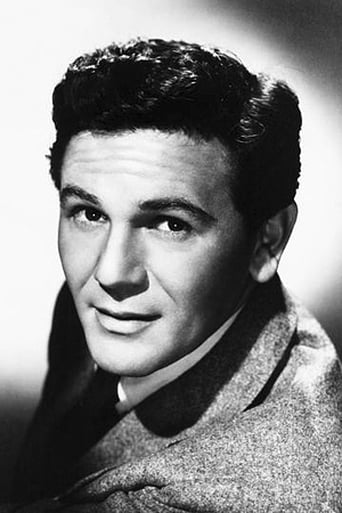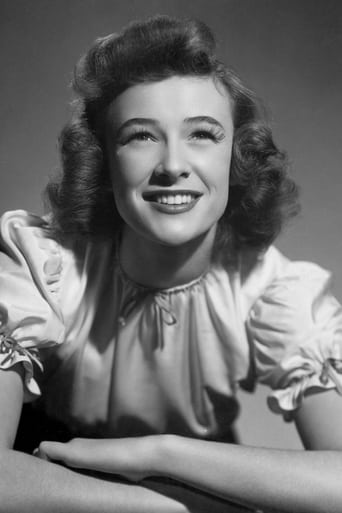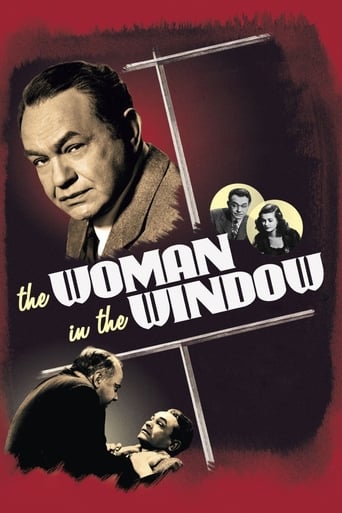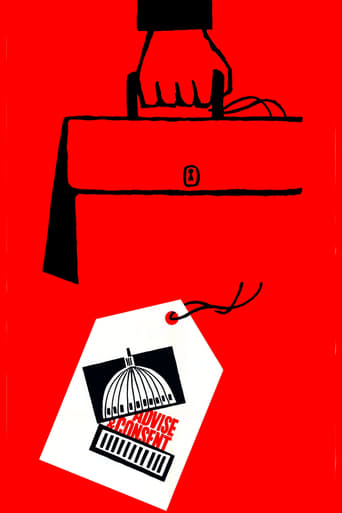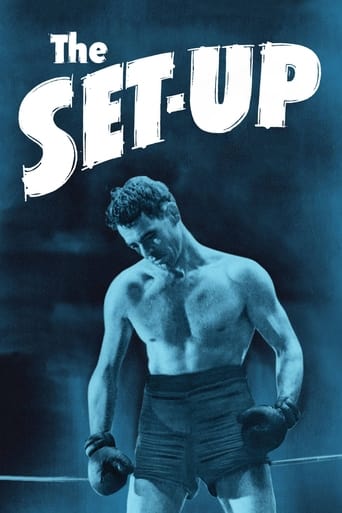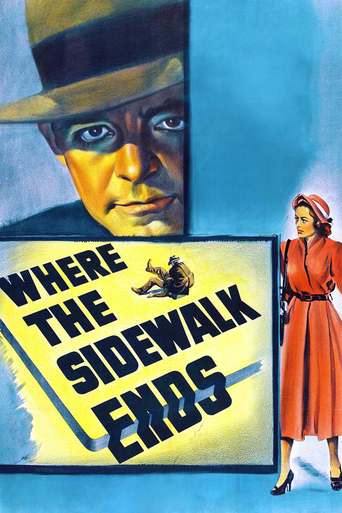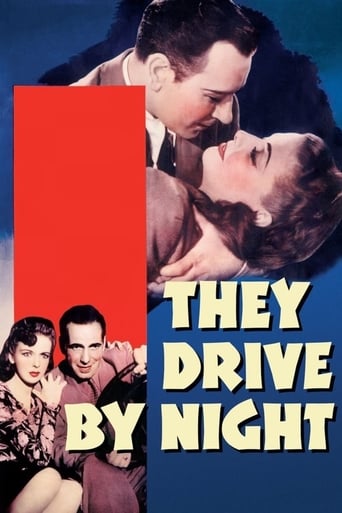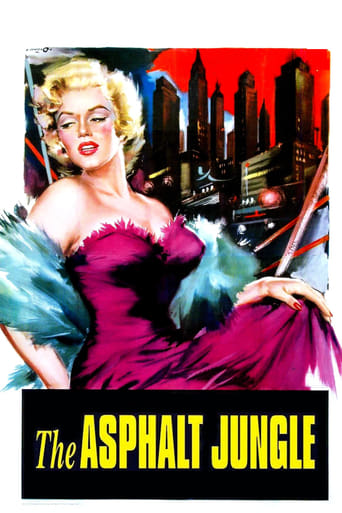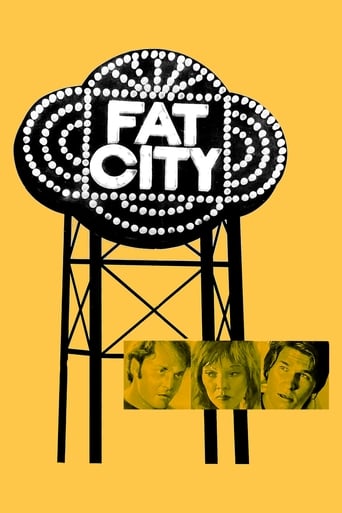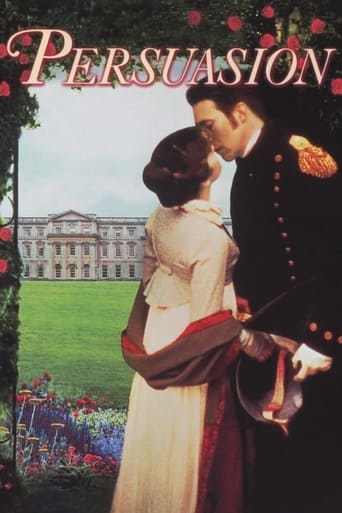
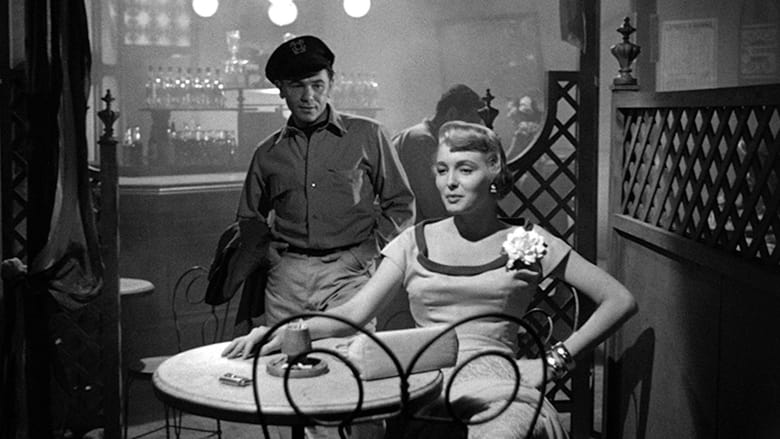
The Breaking Point (1950)
A fisherman with money problems hires out his boat to transport criminals.
Watch Trailer
Cast


Similar titles
Reviews
An underrated flick in the Garfield canon. His charter boat captain, Morgan, may not be very likable, but the actor makes him a compelling tough guy. So, how's Morgan going to pay his debts and keep his charter boat. It's a struggle, especially when wheedling deal-maker Duncan (Ford) keeps tempting him with illegal transporting. It's really a battle for Morgan's soul though he doesn't realize it. On one hand there's faithful wife Lucy (Thaxter) and two small daughters, along with deck hand Park (Hernandez) depending on him for support. On the other, is smoothy Duncan, sultry temptress Leona (Neal), and an array of criminal types offering him money for illegal services. Trouble is Morgan loves both Lucy and his boat, so will he stay honest and get a new livelihood, or will he succumb to seductive overtures from Duncan and turn criminal boat captain. Garfield's Morgan is not a nice guy, so the outcome is uncertain. Every other word is a smart-alecky remark, and though he loves wife Lucy and the two little girls, he seems to forget them when obsessing about his boat. Clearly, his ego is tied up with being a captain.It's a perfect Garfield role, and he gives no quarter. At the same time, Thaxter works wonders as the sympathetic wife without getting smarmy, a really difficult role. And shouldn't overlook Neal whose grinning blonde temptress resembles a figure from perhaps the lower regions. Then too, inclusion of Black actor Hernandez was a bold one for 1950 when Black actors were still mostly servants or comic relief. Moreover, his inclusion results indirectly in one of the most brilliantly poignant final scenes in film annals. I get the feeling the writers were doing their best to avoid a typical Hollywood ending, which was still the norm. All in all, the movie deserves a ranking just below Garfield's celebrated Force of Evil (1948) as a study in self-realization. Please, TCM, revive the flick whenever you can.
SPOILERS-- Based on Hemingway's To Have and Have Not, the story was first brought to the screen in 1944 starring Bogart and Bacall, and was partially adapted for Key Largo (1948), again with Bogart and Bacall. This version has not been as available as other Garfield films, but finally has re-surfaced. It is much closer to the novel, than the '44 version, although the latter is an excellent film, largely due to the two leads. In this version, Garfield plays a WWII Navy vet who only knows how to do one thing well, and that is be a skipper. He desperately loves his plain, but faithful wife, and adores his two small girls, but is frustrated with his inability to provide for them adequately chartering his boat to tourists. He sort of gets involved with "good-time girl" Neal, and additionally, through the machinations of crooked attorney Ford, with transporting some illegal Chinese immigrants (resulting in Garfield killing a middle man who pulls a gun on him), as well as some gangsters who rob a race track and need someone's boat to help them escape. Caught in a moral dilemma, Garfield's character attempts to redeem himself by overpowering the gangsters and receiving the reward money, but it doesn't quite end like he planned. (The scene where Garfield's shipmate, Juano Hernandez, in a very smooth performance, gets gunned down by a gangster, is sudden and vicious enough to jolt one's nerves.) The second-to-last scene with Garfield and Thaxton, as the latter tries to convince her husband that his shot-up arm needs to be amputated or he will die, is a high point in both of their careers. (A shame that Garfield would be pass away in less than two years after the film's release, the victim of blacklisting.) And in an unusual ending motif, the last we see is a slow tracking shot of Hernandez' little boy, waiting at the docks for the father who will never come back...8 out of 10*s.
Having just seen the Scorsese-restored print of this film at Noir City 10 in San Francisco, I was struck by several things; Garfield's portrayal of a veteran caught up in a terminally narrow view of his own masculinity, Patricia Neal's over the top sensuality contrasted to Thaxter's mousy but devoted wife; and the unbelievably poignant ending along with the unusual treatment of race throughout.The relationship between Juano Hernandez' Wesley and Garfield's Harry is about as race neutral as it could be. Yes, the white guy is the "boss", but he IS the boss, and the fact that his subordinate is black is not at all made into an explicit comment beyond the fact that the reverse would, of course, have been unthinkable in a movie of this time (or even, for the most part, in our own time.) But the fact is they are partners - and they seem truly friends beyond their business relationship. All seems quite "natural". There is an odd scene when Wesley brings his son (apparently Hernandez' real son) along to Harry's house one morning and Harry's two daughters take him off to school with them where it certainly seems that the kids have never met each other before although their fathers have worked together for (we find out later) is 12 years - indeed since before any of the kids were born. Perhaps Joseph (the little boy) is just shy and although he has met the girls before he is reluctant to say hi to them; perhaps this is indeed a reflection of a race-relation-induced reticence on his part, which would not at all be unreasonable.In any case (and here come the spoilers), when Wesley is ultimately shot and then unceremoniously tossed overboard near the film's violent climax we see that Harry is completely devastated; so much so that he hatches an even more desperate reckoning with the "men from St Louis" than he had already been anticipating. Indeed, he seems at that point to be content to die if that is what it takes to avenge his friend; he simply had not considered that this might be the cost of his scheme to get out from under his financial troubles – that someone else would have to pay a price for his problems. Harry dispatches all the bad guys, and is shot up so badly he must be carried off the boat once it is towed back to port by the Coast Guard. This is where the surprising role of race comes in. We see Joseph, Wesley's son, in the crowd at the dock as Harry's wife and daughters are standing in tears, distraught at the prospect of Harry's demise or at the very least the loss of a limb, are shown huddled together, being solicitously taken care of the by the authorities. Harry is put into the ambulance, and the girls and his wife go off to the hospital, too. We see Patricia Neal (with yet another new "captain") and she is allowed to comment on the proceedings. And then we see a shot from above, showing the dock as the police clear the crowd away and tell everyone to go home until the only person left is little Joseph, whom no one paid any attention to, and who is looking forlornly at the boat, waiting for his father to come ashore. The camera holds this shot, and then the film closes.Here we were just seconds away from being allowed to imagine the ending being about Harry's becoming reconciled to a different version of his own masculinity, one in which is not a tower of independent strength and violent self-sufficiency, even so much as to declare, in a rather different tone than he had earlier, that one is "nothing when you're alone" and telling his wife he needs her and will do whatever she says (when earlier this dialogue had been completely reversed), and even to the extent to letting the docs remove his shattered arm. And then Michael Curtiz makes the focus of all the emotion built up over the last hour and a half not Harry and his problems, but the fate of this little boy, completely neglected by those around him, both those who knew him and the officials who might at least be expected to ask why he is still hanging around. We know that HE is going to have to go home to tell his mother (who we know exists from an earlier interchange between Harry and Wesley) that Wesley is nowhere to be found I don't think I have seen a more astonishing, and humanely interesting ending to a film of this type and period. This film bears re-watching and much thought; certainly a lot of thought (and collaboration between Curtiz, Garfield, and Neal) went into it.(It should be noted that there is a fairly rare treatment of Chinese people in this movie as well, both as criminals (human trafficker) and victims (those trafficked) and that this element, too, bears some further consideration; certainly the portrayal of Chinese in the picture is resolutely unsympathetic (and not just in comparison to the treatment of the few black characters) and this is rather surprising given that other films of the period portray them sympathetically as wartime allies and as American citizens and the "Red Chinese" only intervened in the Korean War as the film was being released so that could not have figured into the portrayal of Chinese when the film was actually being shot.)
Garfield is the owner of a charter boat, The Sea Queen, and is having financial problems. His boat is taken from him and he has to support his wife and kids. So far, so Hemingway, more or less.It's not very Hemingwayish thereafter, although that doesn't matter much. Howard Hawks' "To Have And Have Not," was based on the same short novel as this film but didn't stick to the novel's plot either. Why should they? Who wants to watch movies about a one-armed fisherman who gets killed at the end? Garfield agrees to rent his boat for use in a getaway by some big-time robbers. He plans to capture them all and collect the reward that will get him out of hot water. But the thieves scramble aboard at an awkward moment and must shoot Garfield's buddy and helpmate, Juano Hernandez.The angry Garfield takes the boat to sea pursued by the Coast Guard, which plays the role in this movie that the stern and uncooperative cops play in most noirs. There follows an exuberant shoot out along the lines of "Key Largo." The performances are okay. Garfield is Garfield. Phyllis Thaxter -- I don't know. She's a little elegant for the part of the dutiful, loving, proletarian housewife. She was a judge's daughter, after all. Patricia Neal, a fine actress, is not essential to the story and is made up and garbed in an ungainly way. The gangsters are stereotypically nasty in their looks and behavior.The final gun fight is excitingly staged by the seasoned director Michael Curtiz and the set is mounted on gimbals that give the illusion of a small boat at sea -- a nice touch -- with hanging objects swinging from their hooks and deck chairs pivoting wildly on their stands. Another nice touch, not too sentimental: when the Sea Queen is towed back into port and the bodies removed and Garfield is taken to the hospital, the crowd on the pier disperses while some cop waves his hands and goes through the familiar routine -- "Move along. Nothing to see here." The pier quickly empties and in that desolate silence only one small figure is left in long shot -- Hernando's little boy, looking around, wondering where his father might be, not knowing that he's been murdered and his body dumped at sea.


